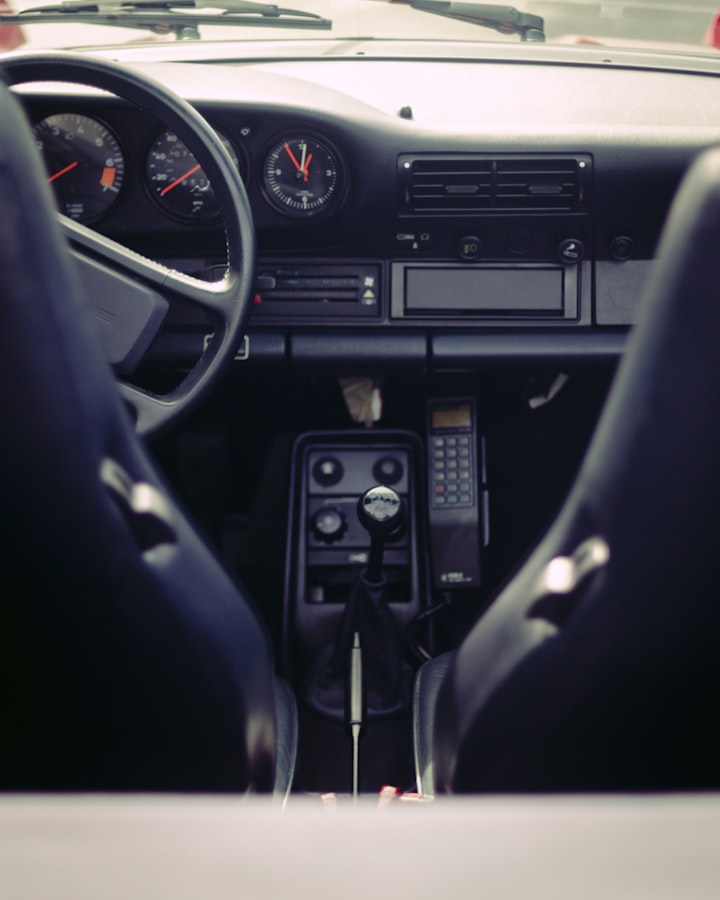Bus Battles: Sydney's Fight for Inclusive Seating for All
Can Sydney's buses truly be "accessible" without inclusive seating?

It's 7:30 am, and the Sydney morning symphony of honking horns and screeching brakes is in full swing. I wait at the bus stop, my usual knot of anxiety tightening in my stomach. Today's commute feels different, a battleground not of metal and rubber, but of seats. Or rather, the lack of them.
For Sydneysiders like me who navigate the world with a disability, the humble bus seats aren't just a perch, they’re a passport to independence, a lifeline to work, school, and the simple joy of a day out. But too often, those seats are like ghosts – invisible to bus designers and, it seems, to some able-bodied passengers.
The struggle is real. My cane trips over the flimsy plastic fold-up seats, offering no stability. The standard grab bars are too high for my shortened arms, leaving me suspended in mid-air, heart pounding. And forget about claiming the priority seats near the front. They're often occupied by those who haven't a clue, or worse, those who scoff at the yellow sticker and my outstretched disability access card.
The invisible struggle: Why seats matter
It's not just physical limitations. Imagine the sensory overload of a crowded bus, the flashing lights, the cacophony of voices, the jostling bodies. Those of us with autism or epilepsy might find it a minefield, desperately seeking a quiet corner, a stable space to anchor ourselves. For those with chronic pain, the unforgiving plastic contours are torture devices, each bump and wiggle sending searing flares through their bodies.
This isn't just about inconvenience; it's about exclusion, about being relegated to the sidelines of our own city. We're told to integrate, to participate, but when the very infrastructure designed to take us there is hostile, the message is clear: stay home.
From priority to battlefield: The fight for accessible seats
The Australian Disability Discrimination Act mandates accessible public transport, but translating words into action is a messy battle. Activists, everyday heroes like myself, wage war against misinformation and apathy. We petition, protest, and share our stories, hoping to pierce the veil of ignorance and make the invisible struggle visible.
Remember the campaign where we flooded social media with pictures of empty priority seats occupied by able-bodied passengers, captioned with the stark hashtag #NotMySeat? Or the time we staged a die-in at a major bus terminal, our bodies draped across the floor like fallen soldiers in the fight for accessibility? These are the battle cries of a community demanding to be seen, to be included.
The design dilemma: Balancing accessibility and capacity
Bus operators face a tightrope walk, balancing accessibility with capacity, and the challenges of balancing durability with accessibility. More accessible seats mean fewer seats overall, a juggling act between inclusivity and capacity. But innovative solutions exist: flexible seating arrangements that can be adapted to accommodate wheelchairs and mobility aids, priority boarding systems that ensure those who need it most get first dibs on the accessible spots, and even futuristic bus designs with low floors and designated spaces for all.
Beyond the seats: A city for all
The fight for accessible seats is a microcosm of a larger battle: building a city that truly welcomes everyone, regardless of their abilities. It's about accessible sidewalks, inclusive public spaces, and a mindset shift that recognises disability as a normal part of the human tapestry, not a burden to be hidden away.
Look at cities like London with its iconic black cabs lowered for wheelchair access, or Montreal's fully integrated accessible public transportation network. These are shining examples of what's possible when inclusivity is woven into the very fabric of urban design.
- Imagine a city transformed: Wide, smooth sidewalks with lowered curbs become welcoming avenues for wheelchairs and unsteady feet. Public buildings shed their inaccessible exteriors, opening their doors to diverse abilities with ramps, elevators, and clear signage. Parks sprout inclusive play equipment, where children of all abilities can swing, slide, and climb together.
- Transportation transcends mere movement: Buses and trains become seamless extensions of our homes, with intuitive interfaces, dedicated spaces for different needs, and helpful attendants ready to lend a hand. Technology like real-time travel updates and audio descriptions empowers independent navigation, shattering the barriers of isolation.
- Community becomes the fabric of life: Businesses embrace inclusive practices, from accessible menus and websites to staff trained in disability awareness. Public events buzz with the vibrant mix of voices, laughter, and the joyous cacophony of a truly participatory world.
Beyond accessibility, ensuring the safety of all passengers is paramount. This includes considerations for fire-resistant materials and evacuation procedures for those with diverse needs.
Taking a seat at the table: Moving forward
The battle for inclusive seating in Sydney is far from over. But there are glimmers of hope. The NSW Government's new bus accessibility guidelines show promise, and community initiatives like the "Accessible Seats Ambassadors" program are training passengers to be advocates for inclusivity.
Each time a passenger politely yields a priority seat, each time a designer sketches an accessible bus layout, each time our stories are heard and understood, we inch closer to victory. This isn't just about seats; it's about claiming our rightful place in the city symphony, our voices joining the chorus of Sydney's vibrant life. So, the next time you see that yellow sticker, remember, it's not just a request, it's a battle cry. And every time you choose to be an ally, you offer a seat not just on a bus, but at the heart of a more inclusive, more just city for all.





Comments
There are no comments for this story
Be the first to respond and start the conversation.